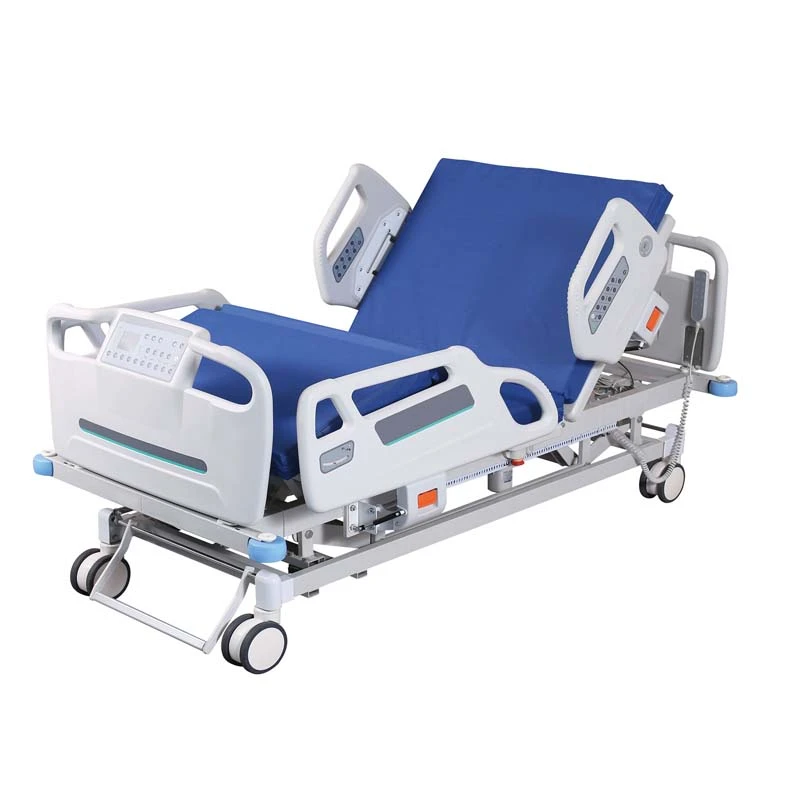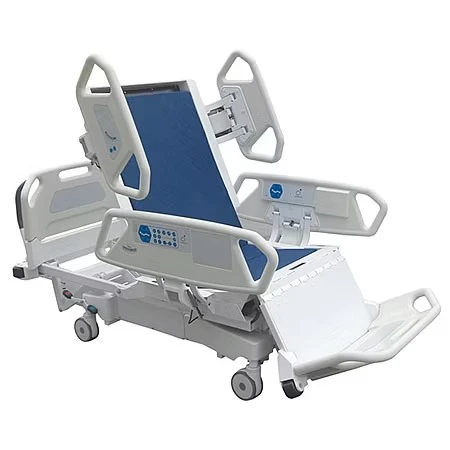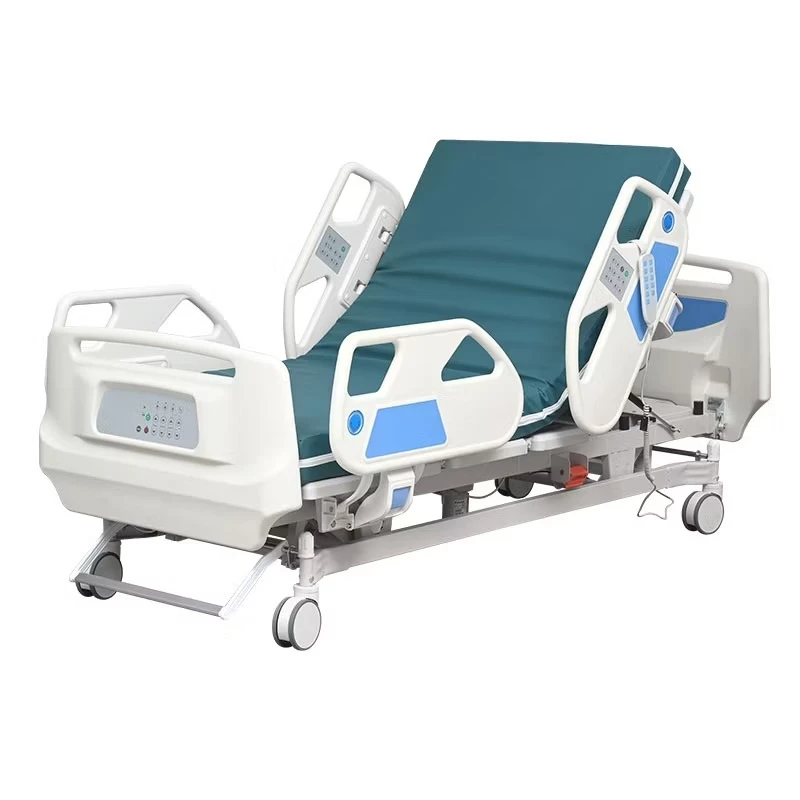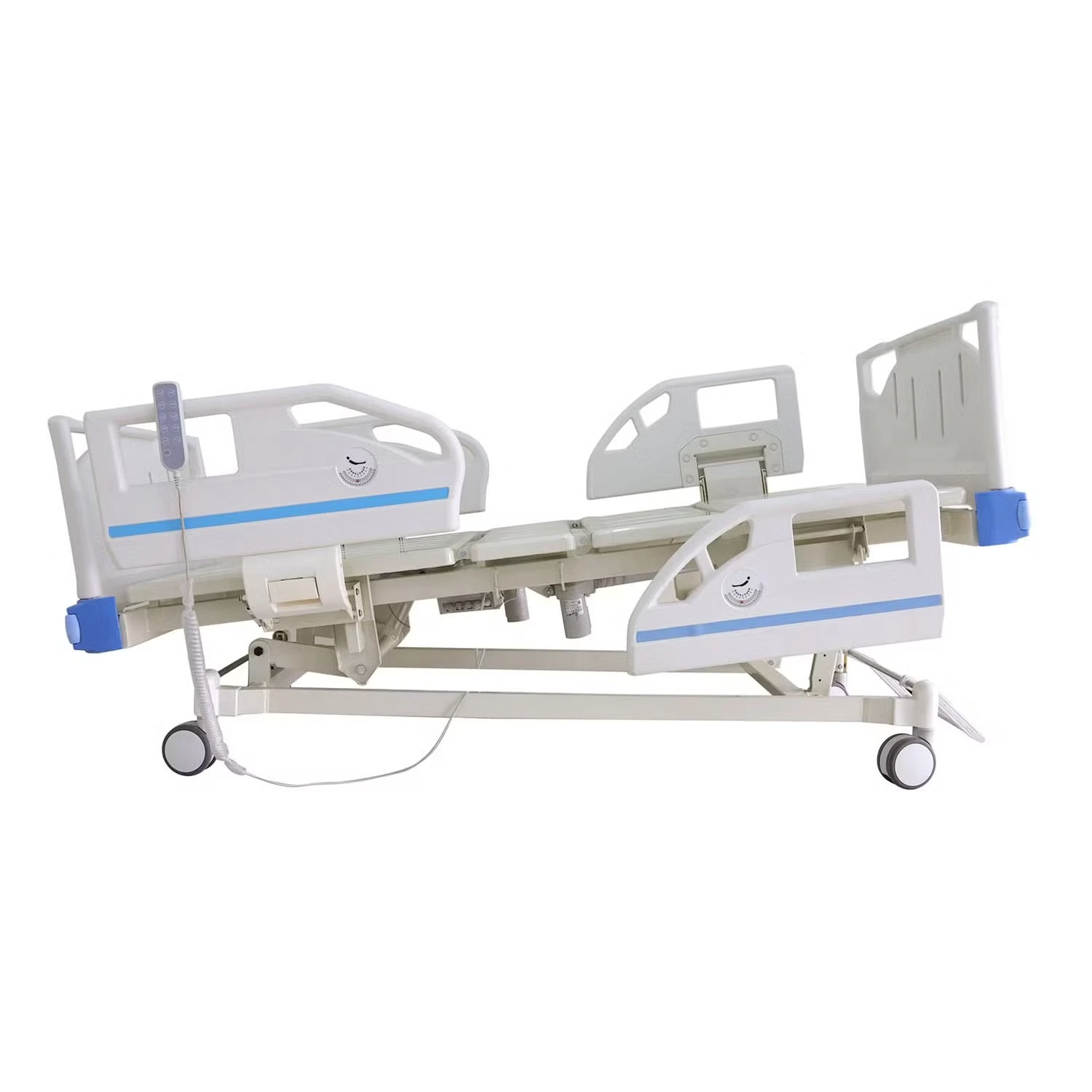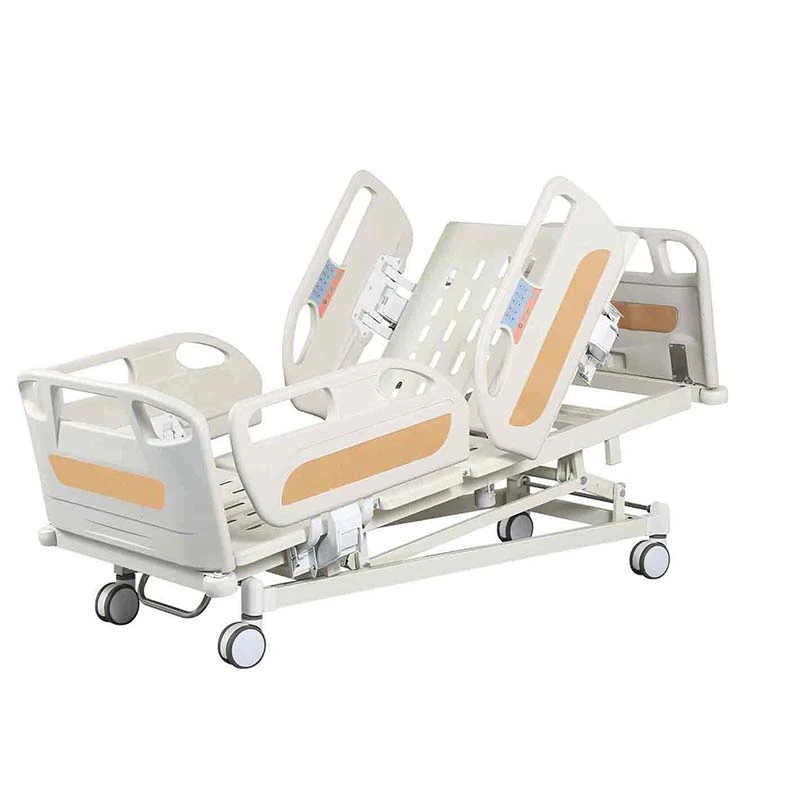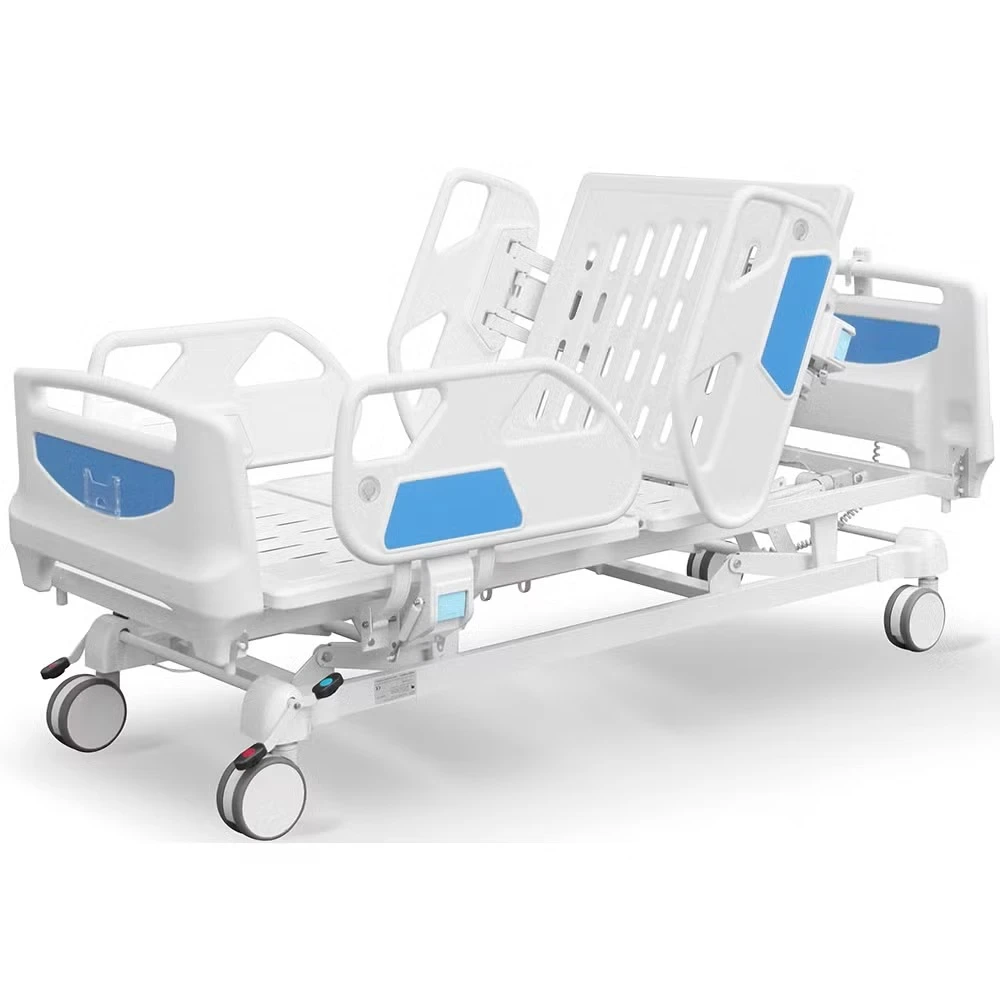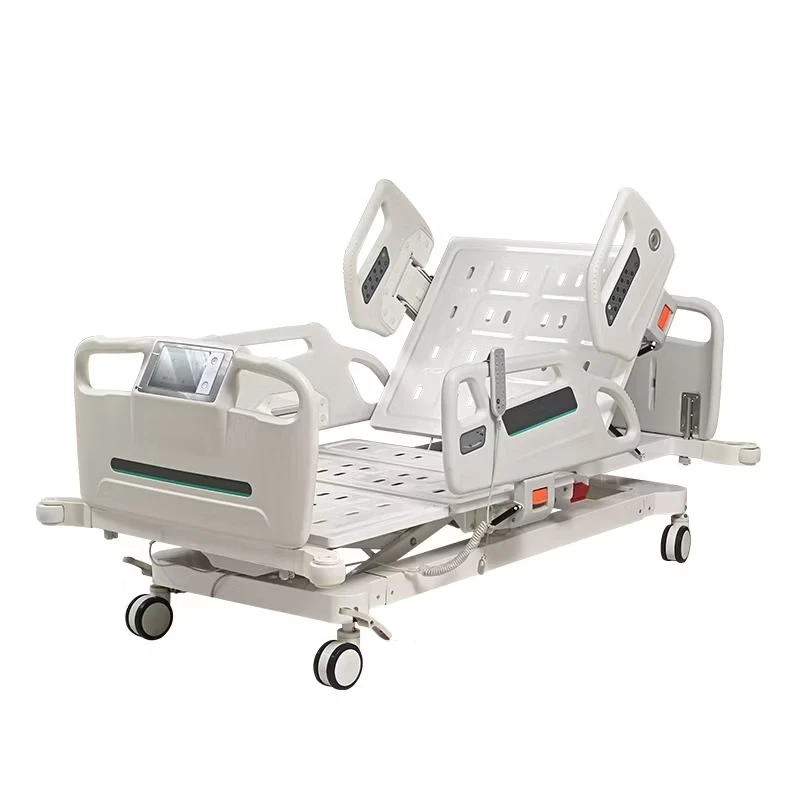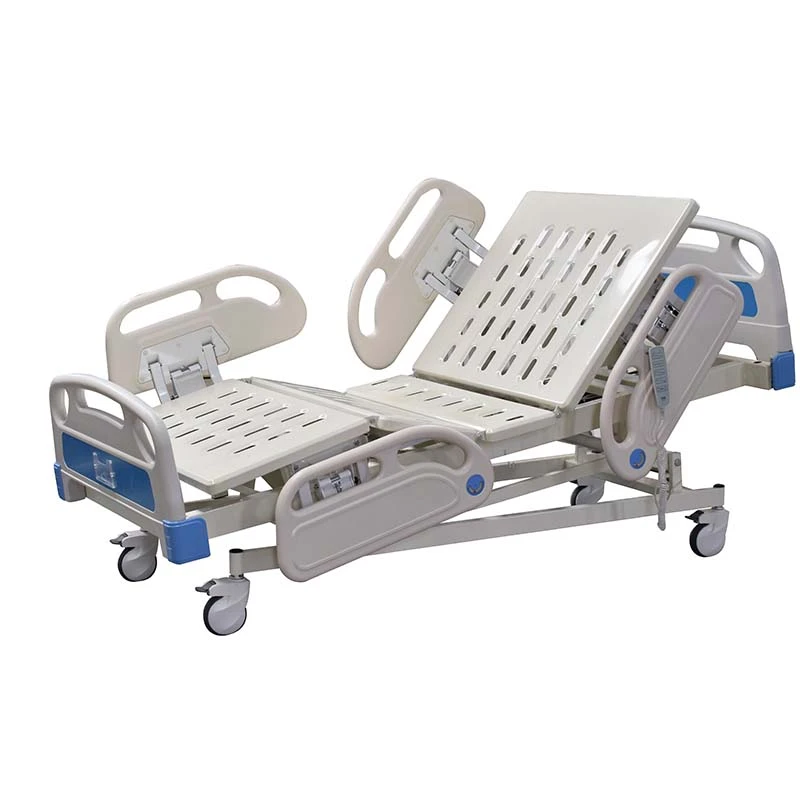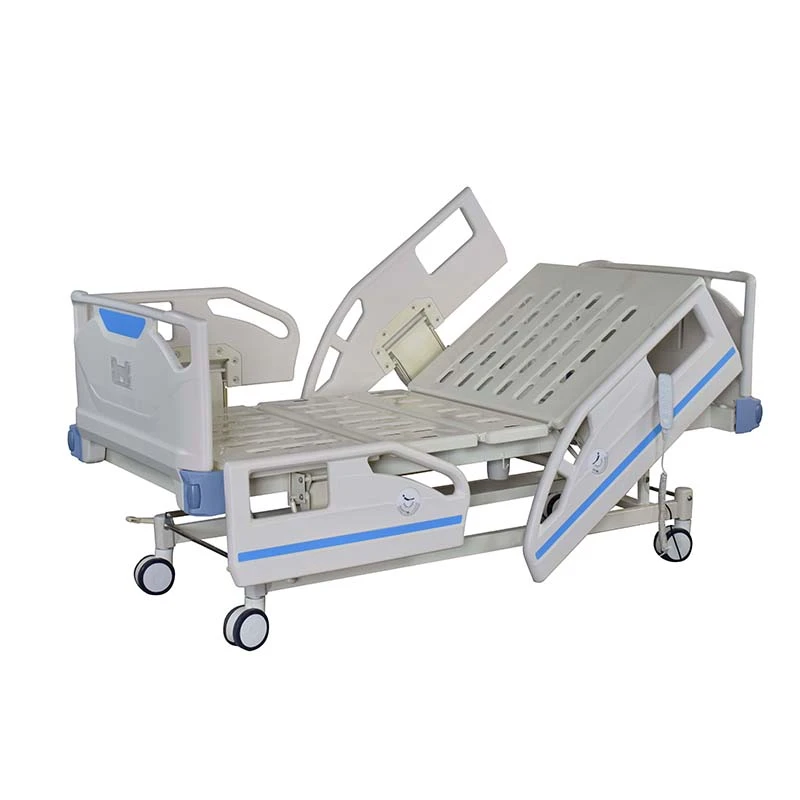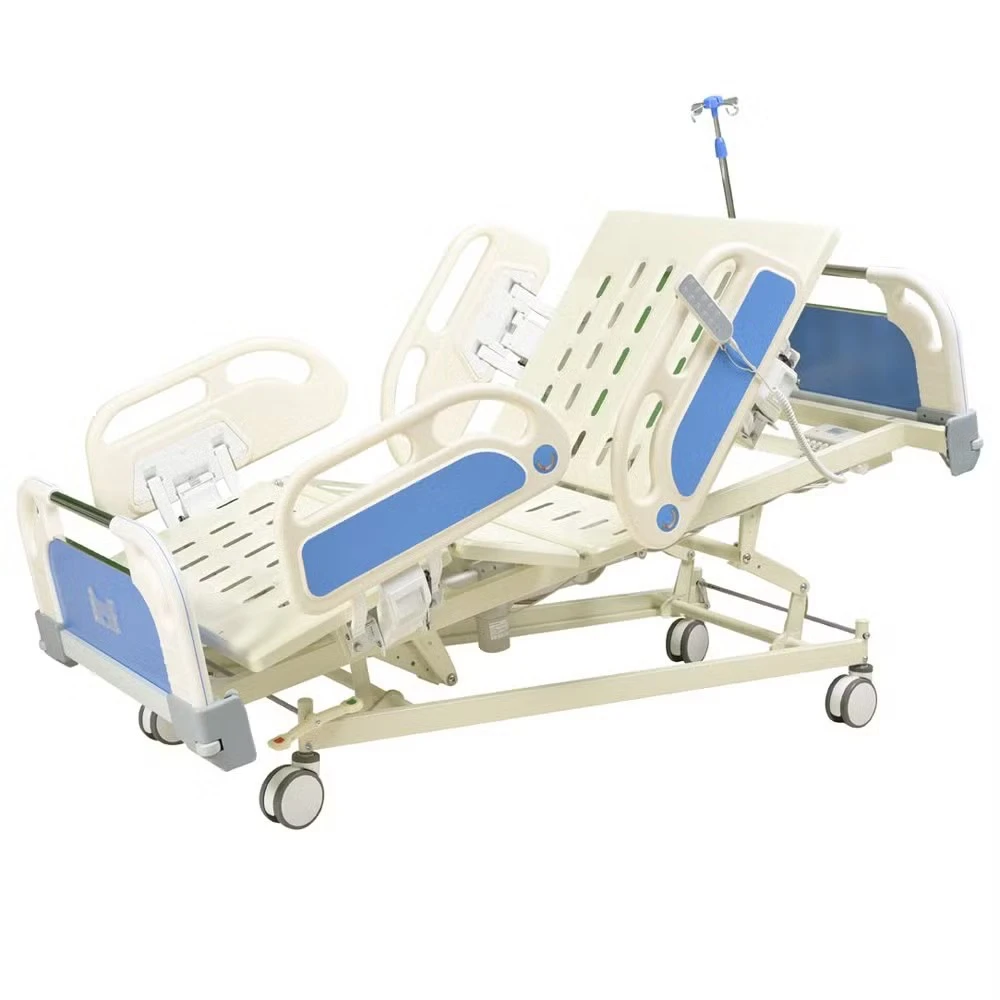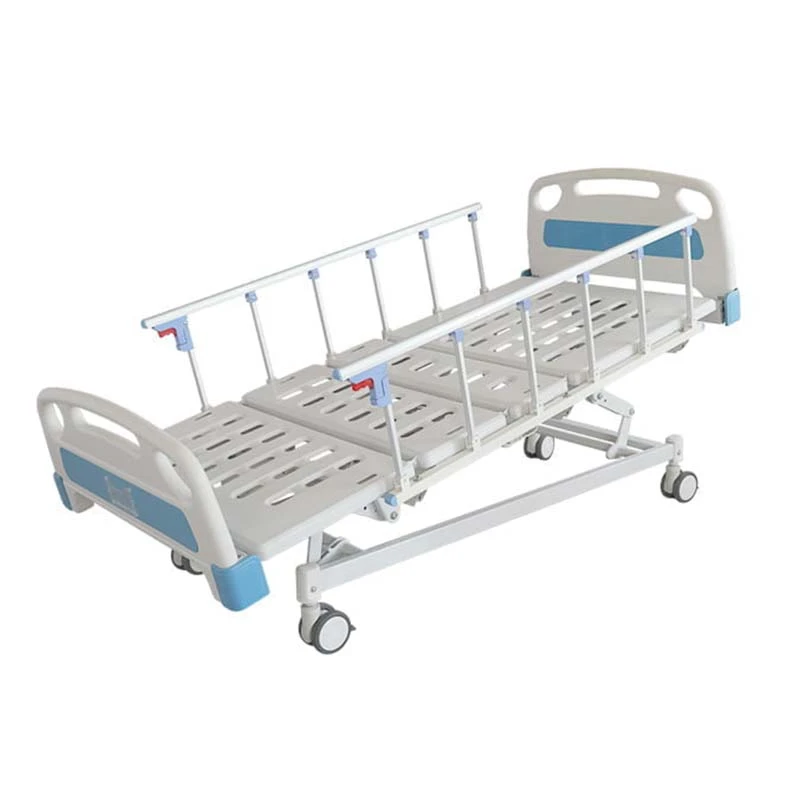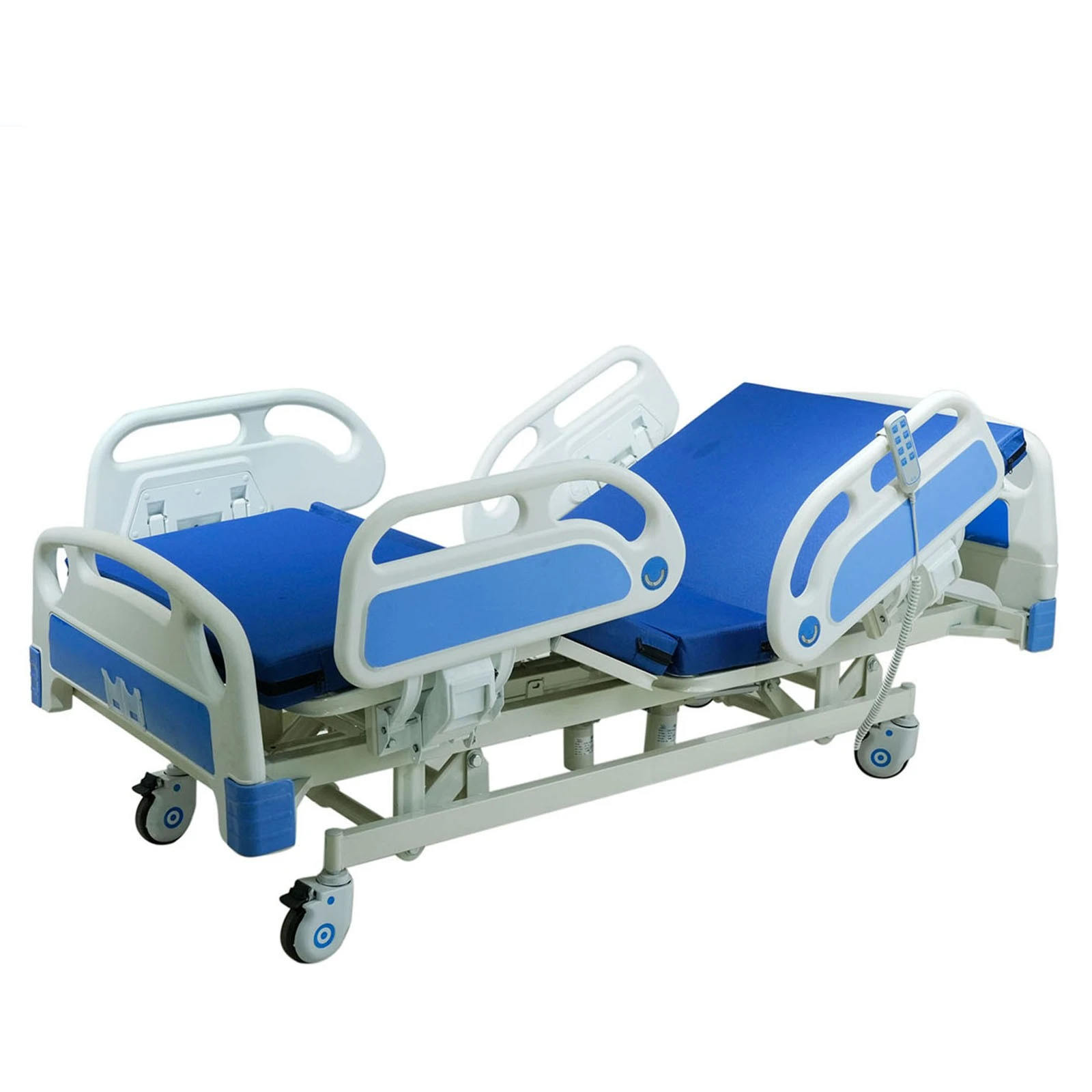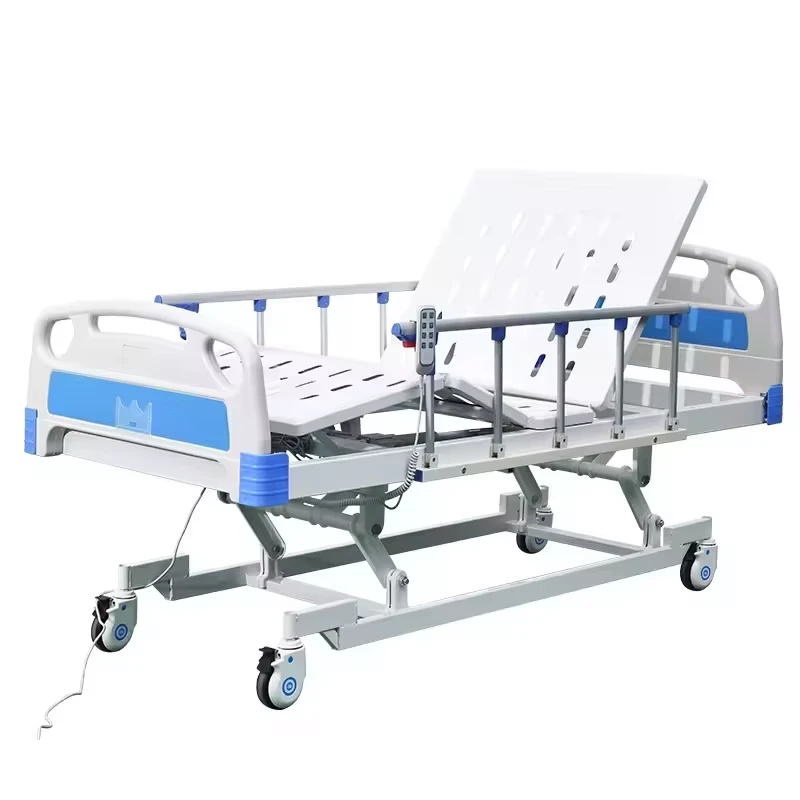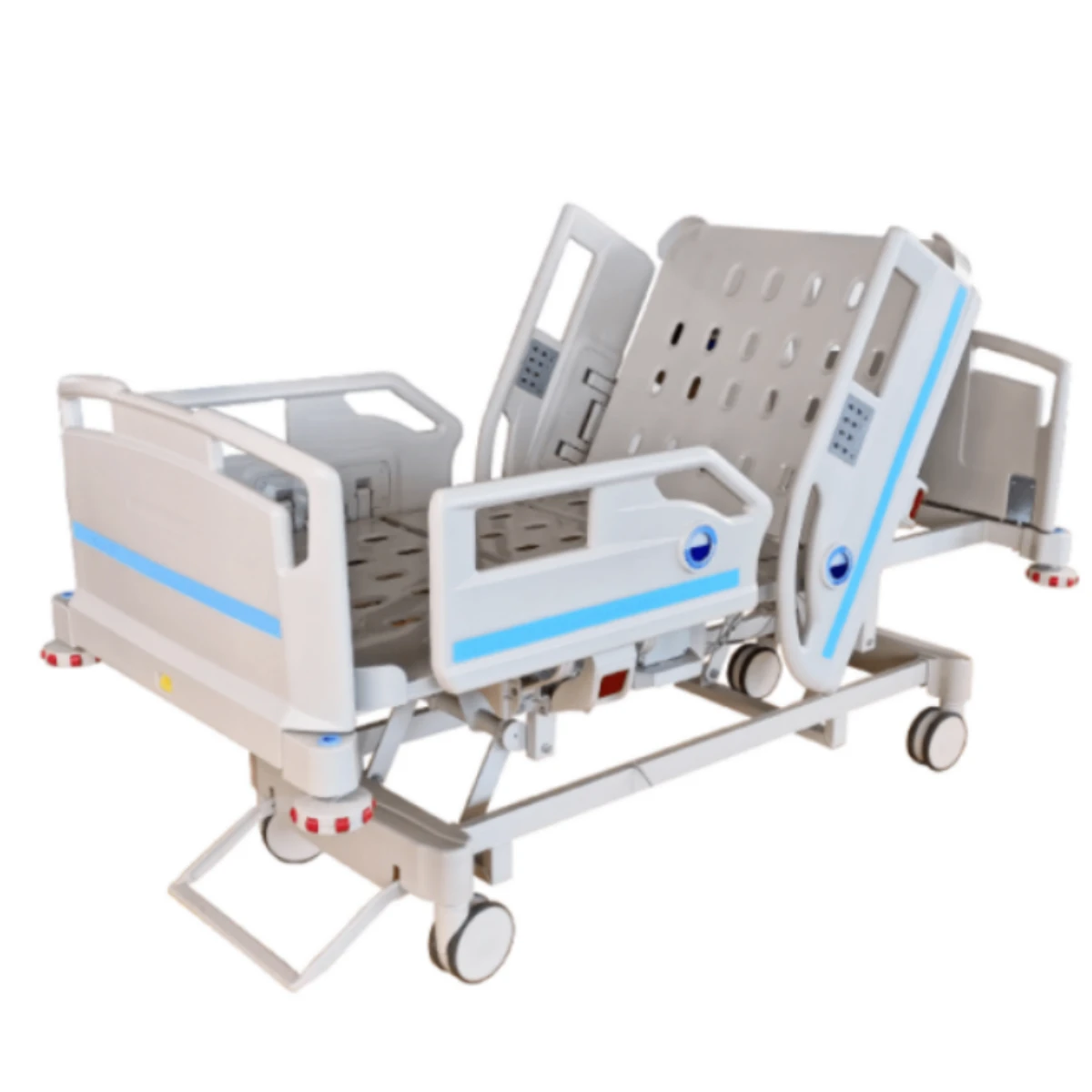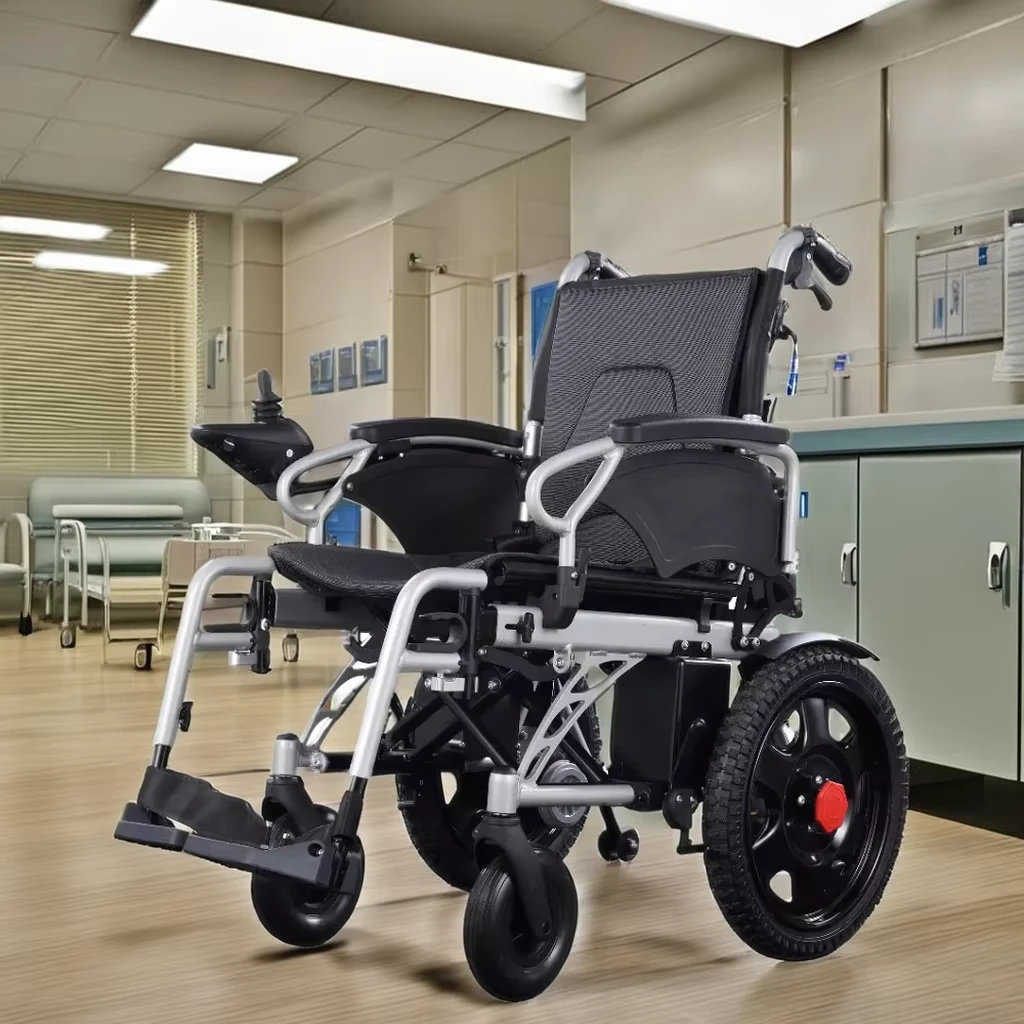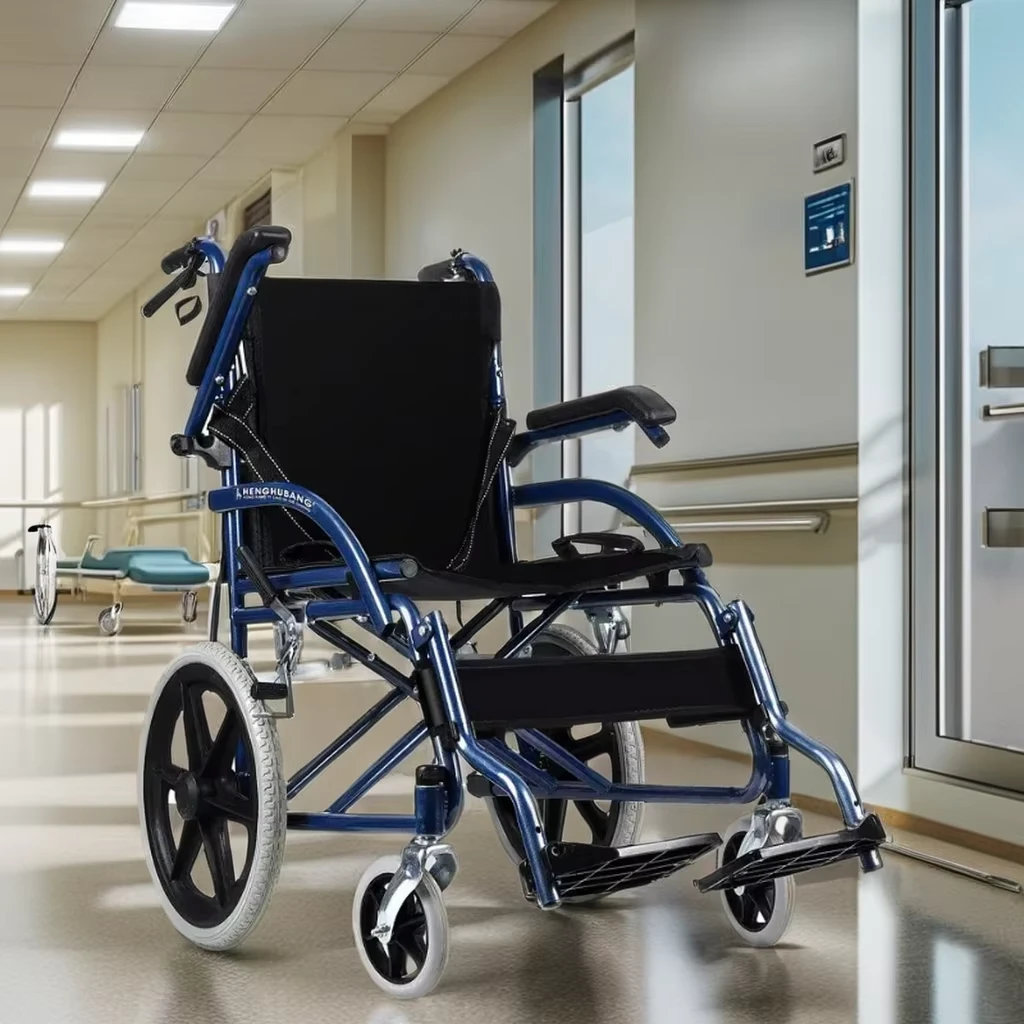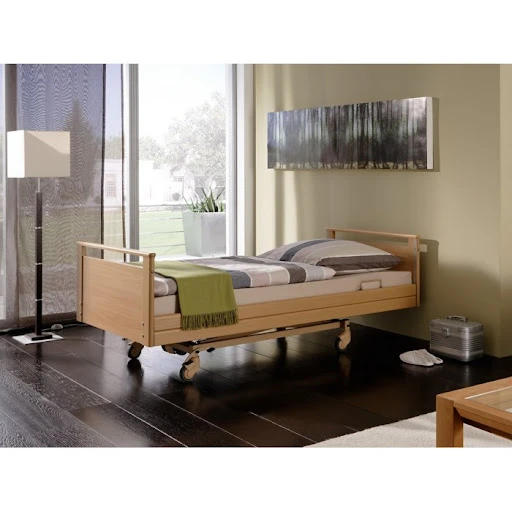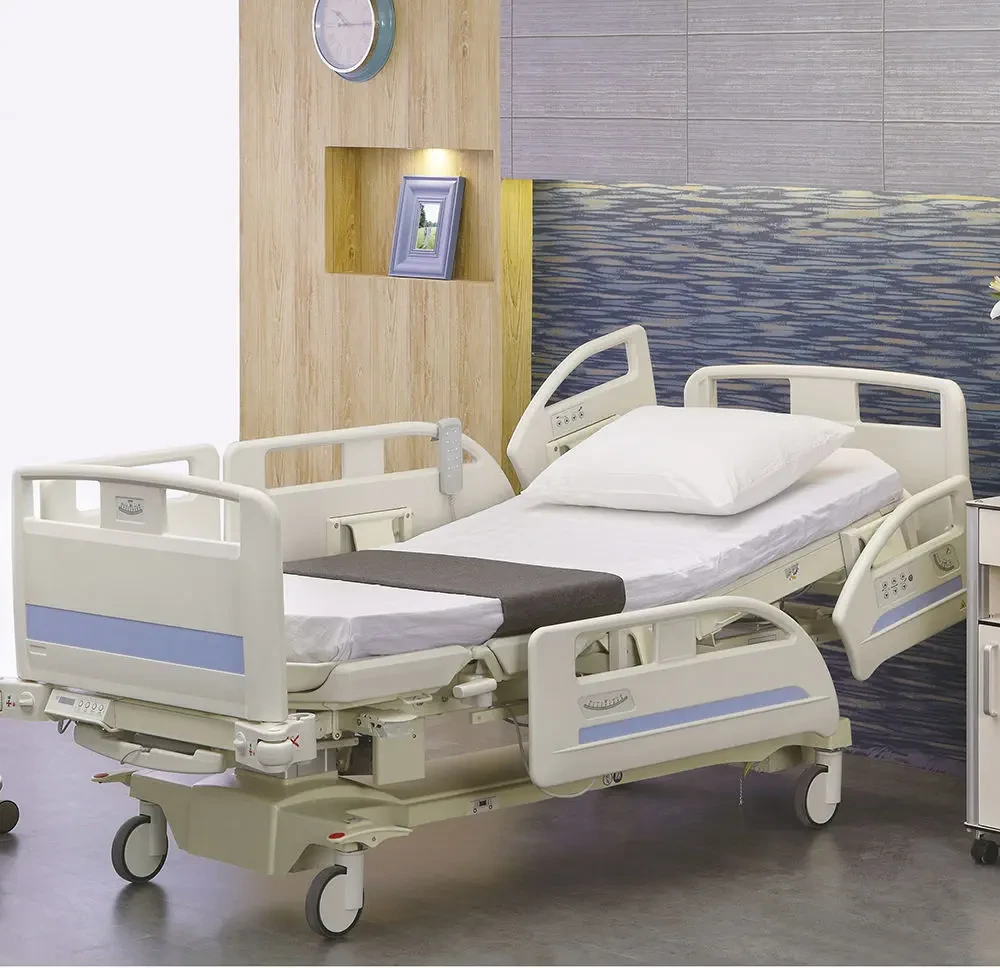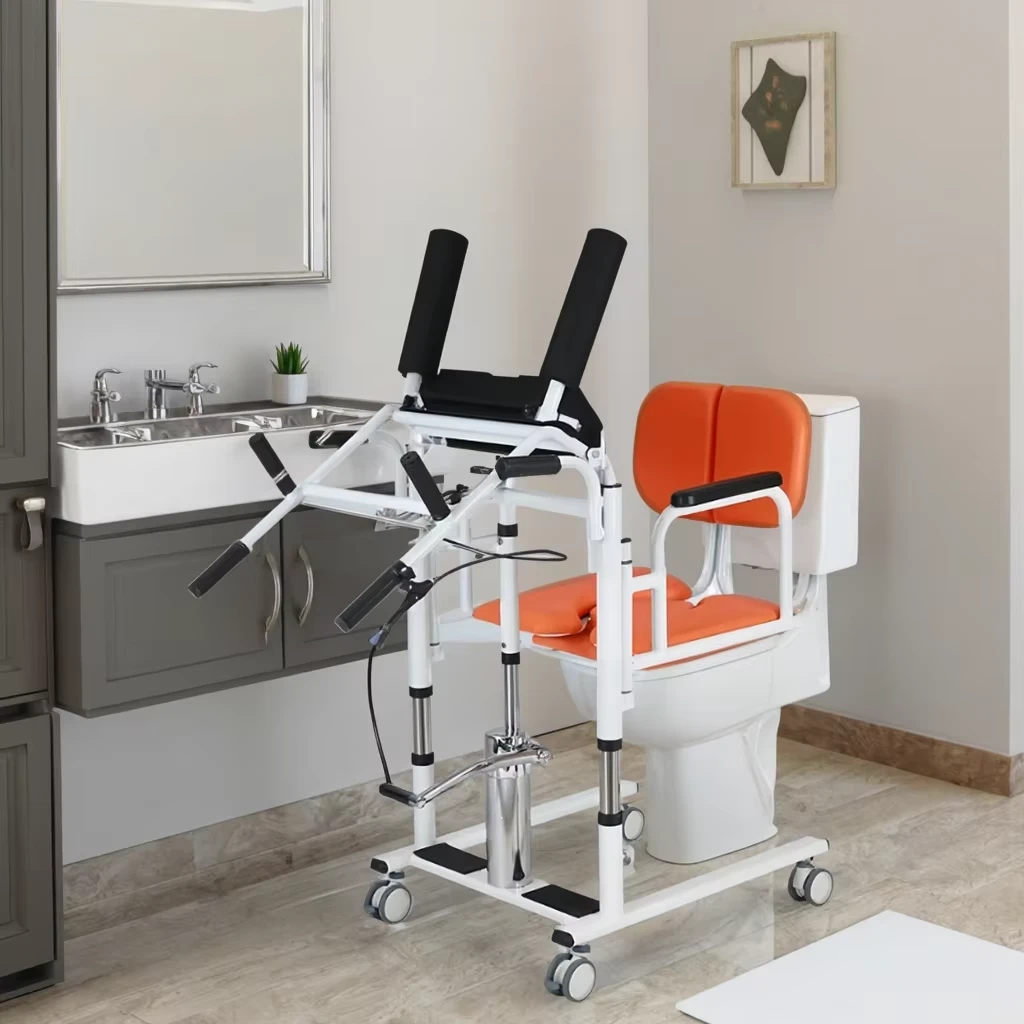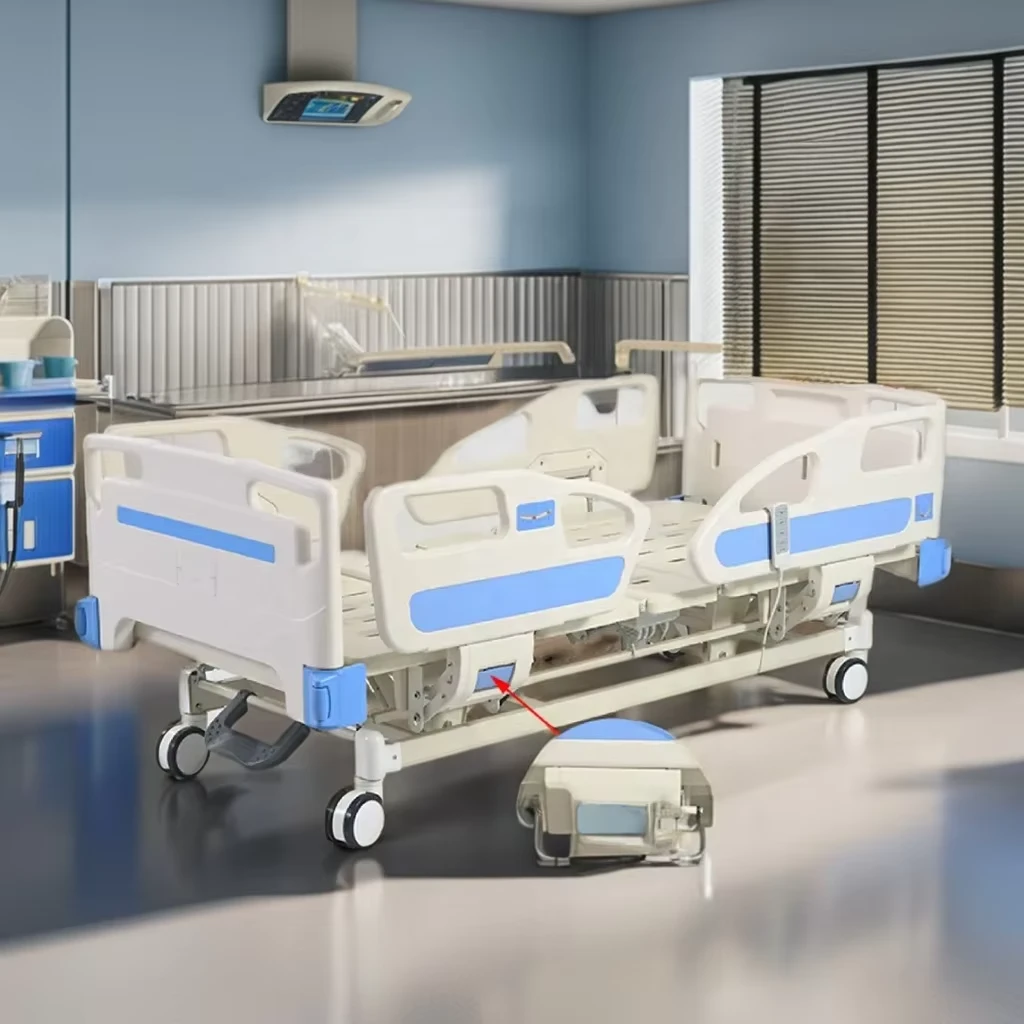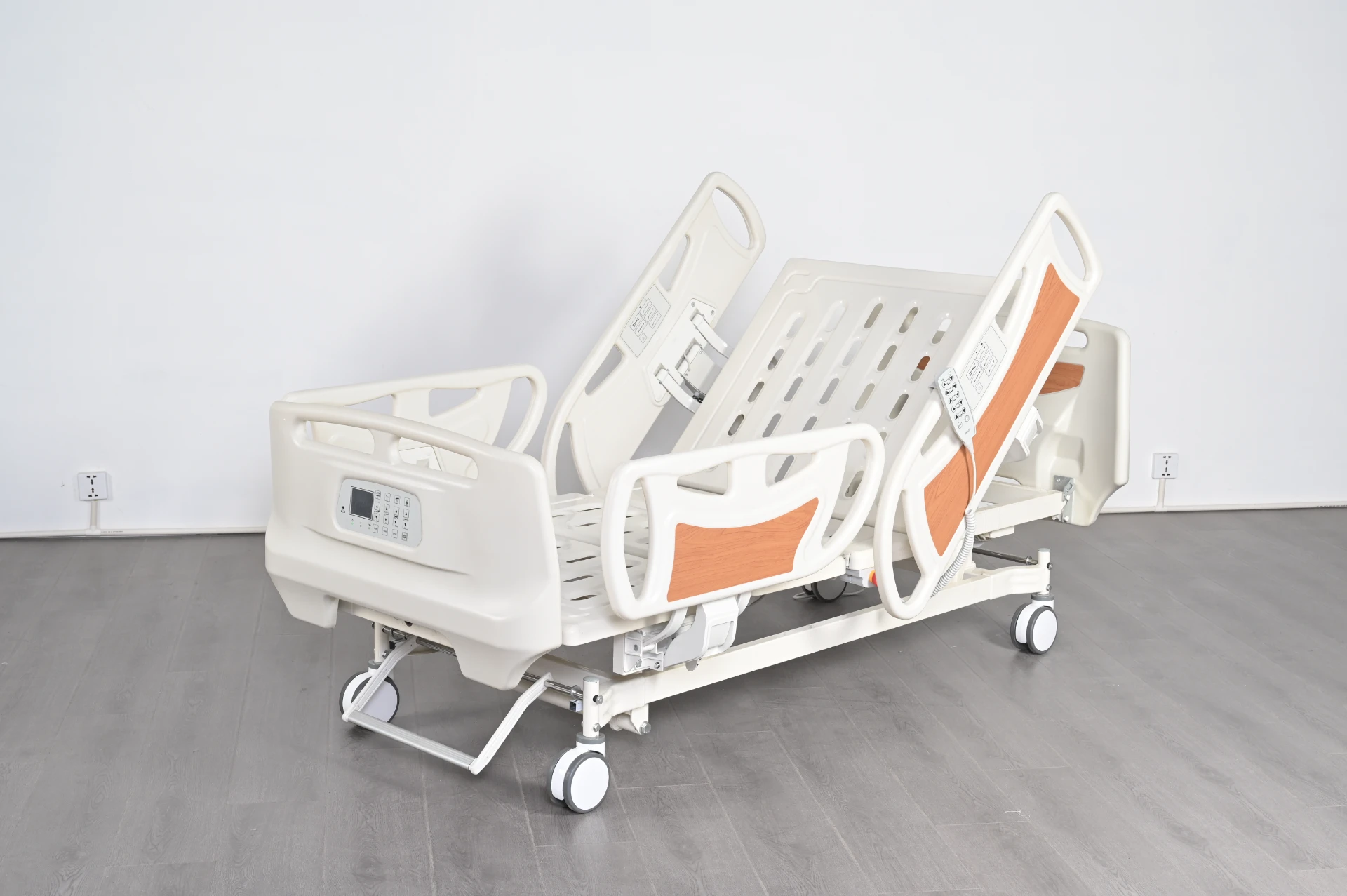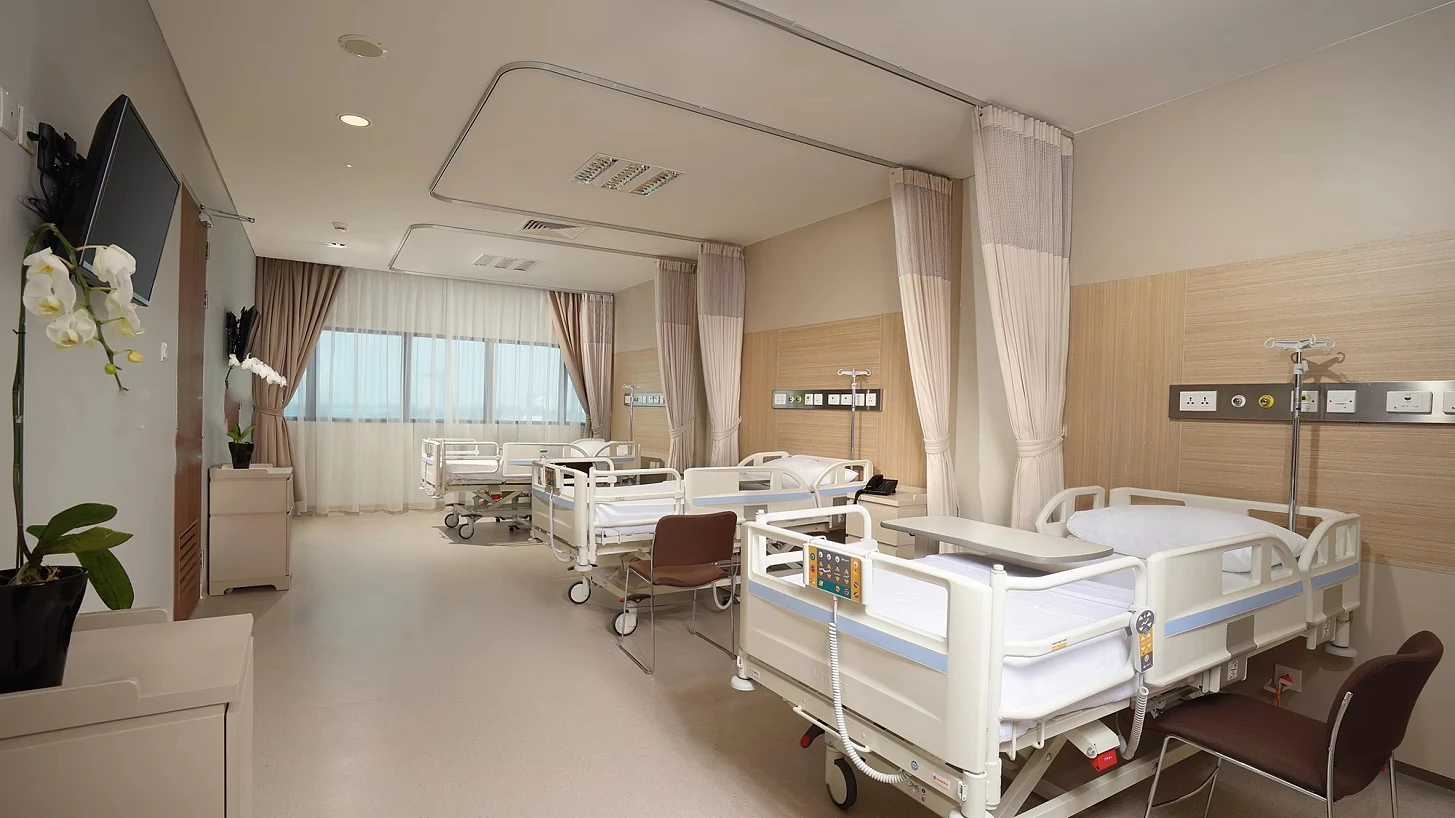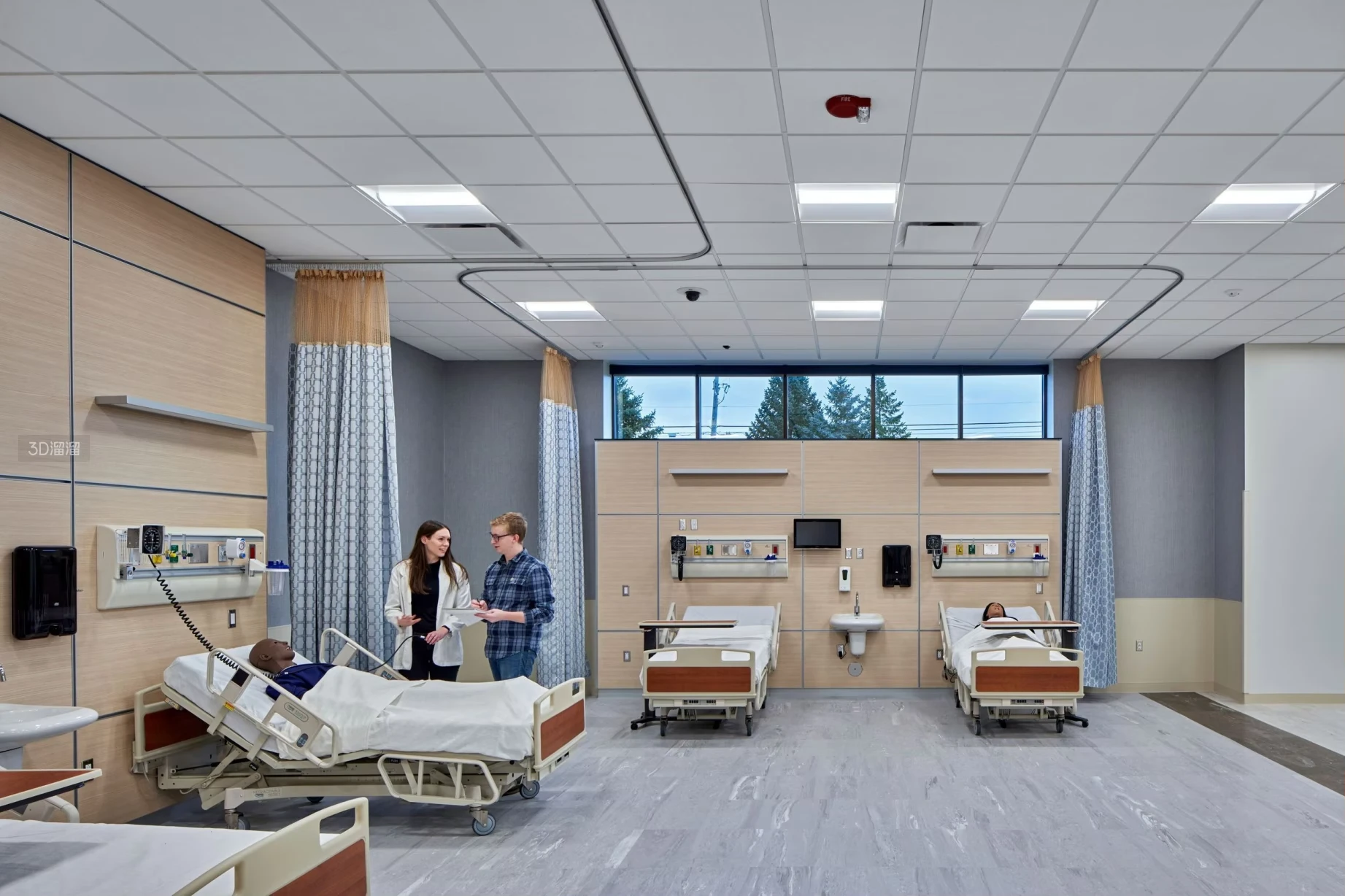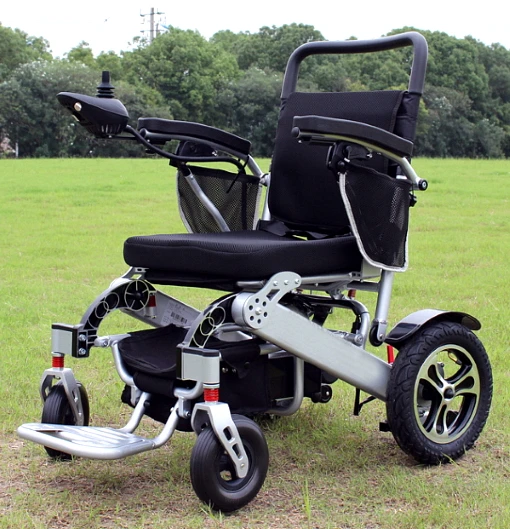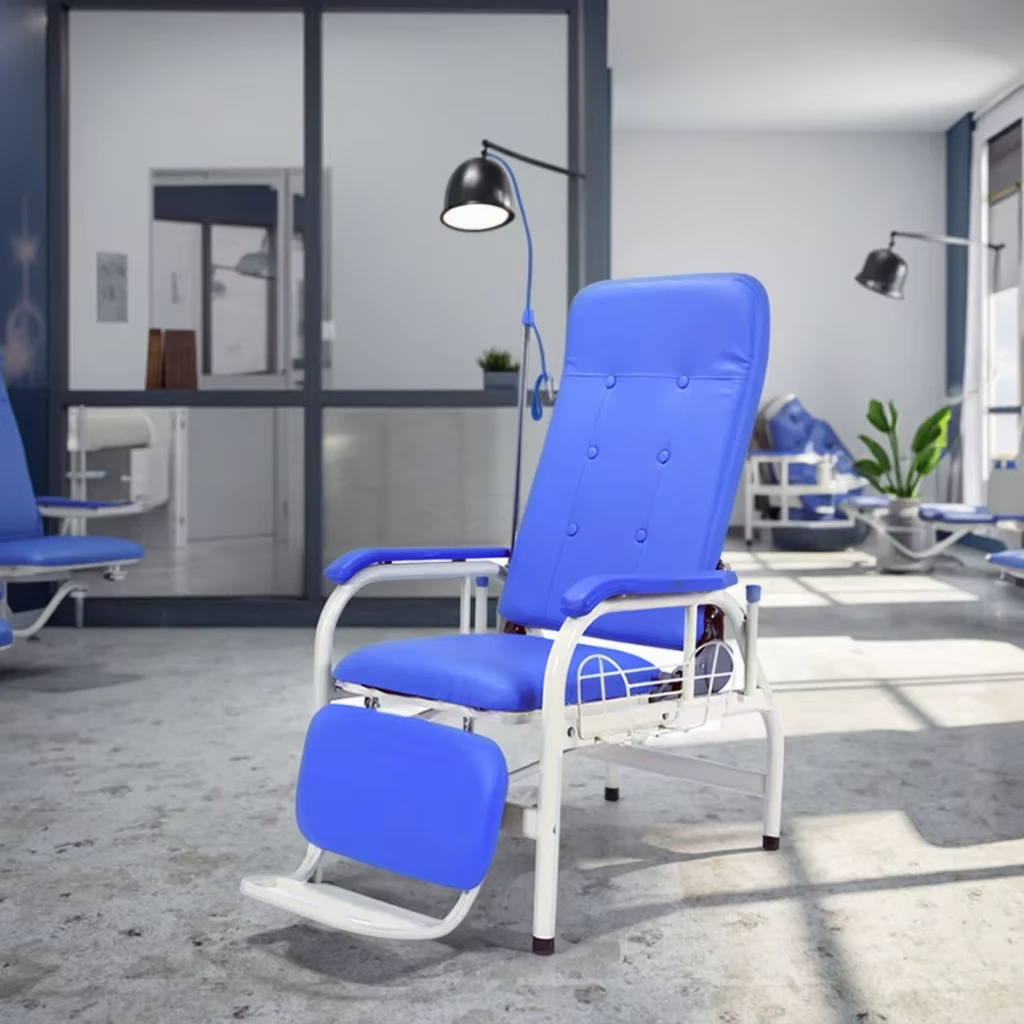Advanced ICU Bed Solutions for Critical Care Environments
Understanding ICU Bed Types and Their Medical Applications
Modern intensive care units rely on specialized ICU bed types designed to support critically ill patients through comprehensive monitoring and advanced therapeutic interventions. These beds are engineered to offer optimal positioning, safety, and access for medical staff. Among the most common types of ICU beds are electric ICU beds, which allow precise adjustments via remote control to enhance patient comfort and assist in clinical procedures. Some models feature automatic weight sensors, trendelenburg and reverse trendelenburg positions, and built-in defibrillator trays for emergency use.
Another important variant is the hydraulic ICU bed, often used in settings where electricity is unstable. These beds provide manual positioning through hydraulic levers, making them a reliable alternative. Pediatric ICU beds are scaled-down versions equipped with high safety rails and integrated monitors to address the delicate needs of young patients. ICU beds with integrated X-ray cassette holders and electronic CPR functionality are especially valued in trauma centers and high-acuity departments. Understanding these classifications allows healthcare providers to select the right bed according to the medical requirements and the patient profile.
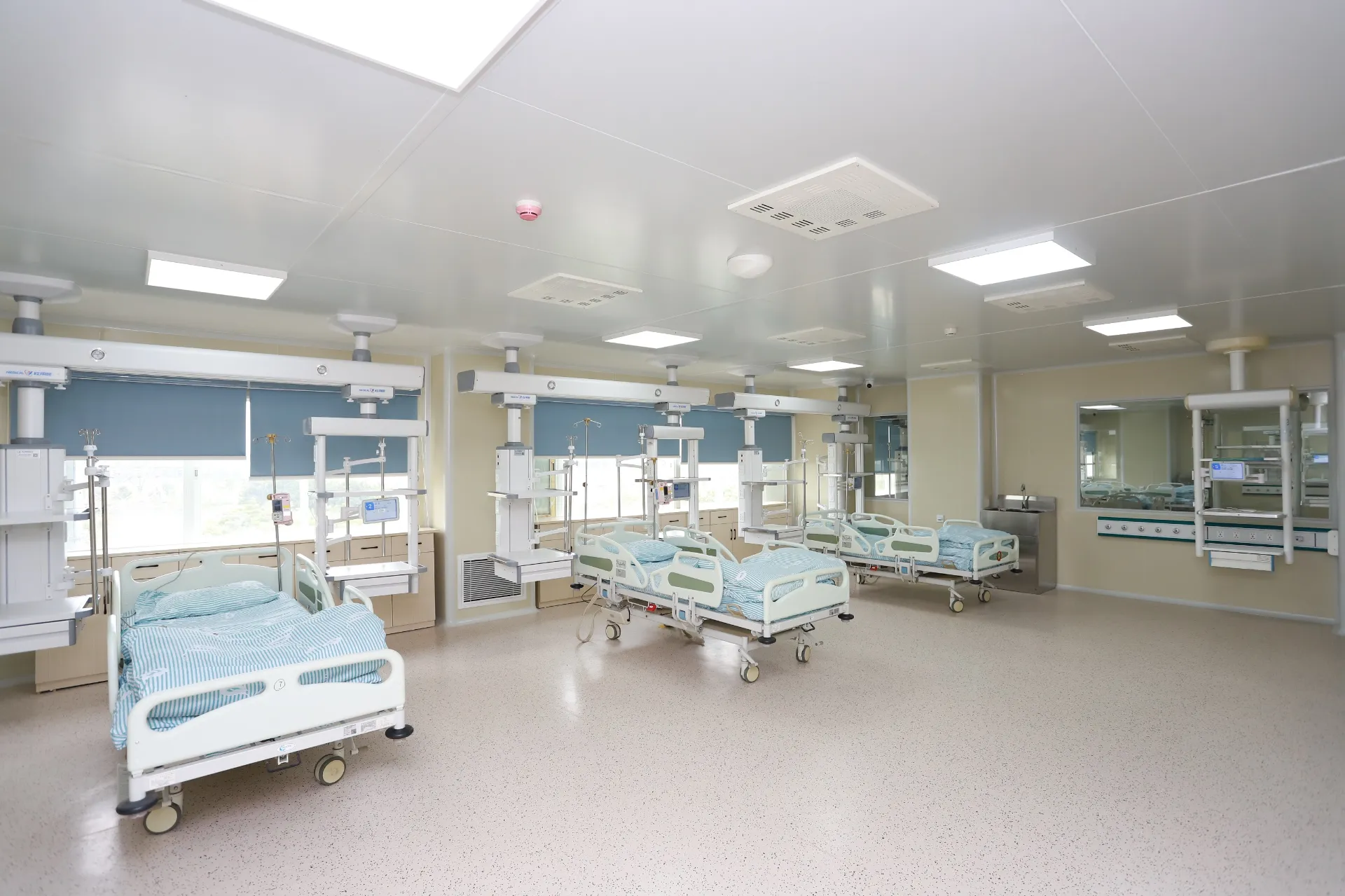
ICU Bed for Sale: Meeting the Demand for Critical Care Infrastructure
As global healthcare systems modernize, the need for ICU bed for sale options has grown significantly. Hospitals, emergency centers, and long-term acute care facilities require beds that can support constant monitoring, ventilator use, and frequent repositioning. Buyers looking for ICU bed for sale typically consider features such as programmable movement, anti-decubitus mattresses, side rail alarms, and IV pole integration.
Manufacturers now offer a wide range of ICU beds tailored for both public and private healthcare providers, including refurbished models and fully customizable designs. Buyers should verify compliance with medical equipment standards (such as FDA, CE, or ISO certifications) and assess the bed’s compatibility with ICU workflows. Additionally, some providers include installation, maintenance, and training packages, making the acquisition process more efficient and sustainable in the long term.
Key Features of an ICU Hospital Bed Explained
A high-performance ICU hospital bed goes beyond basic functionality, acting as a multifunctional care platform in critical care units. These beds support various medical activities including intubation, dialysis, and central line insertion. They are typically equipped with articulating surfaces for head, leg, and back elevation, lateral tilt for pressure relief, and adjustable height for surgical access.
Advanced models feature touchscreen nurse panels, automatic trendelenburg modes, and intelligent patient monitoring systems that integrate with hospital IT infrastructure. Moreover, ICU hospital beds often incorporate CPR quick-flattening functions and built-in battery backup systems to ensure operational continuity during power failures. Anti-collision sensors and wireless connectivity further enhance patient safety and ease of use in fast-paced environments.
Types of ICU Beds for Different Patient Demographics
Within the broad category of types of ICU beds, manufacturers offer specialized configurations to accommodate diverse patient populations and care settings. Neonatal ICU beds are equipped with incubators, temperature control systems, and phototherapy lights to support premature and vulnerable newborns. For bariatric patients, ICU beds are designed with reinforced frames and extra-wide surfaces, ensuring both safety and comfort during intensive care.
Mobile ICU beds, featuring transport capability and mechanical stability, are essential for transferring patients between units without compromising monitoring or support. Meanwhile, modular ICU beds with removable sections allow easier imaging and access for invasive procedures. These variations reflect the ICU’s critical role in personalized patient care, where the right bed type can impact outcomes significantly.
Factors to Consider When Choosing an ICU Bed
Selecting an ICU bed involves more than just cost—it’s about meeting the clinical, ergonomic, and logistical needs of intensive care settings. Bed adjustability is critical for both patient positioning and caregiver safety. The availability of side rails with integrated controls, digital display panels, and emergency release levers ensures rapid response in urgent situations.
Durability and material quality are also essential, as ICU beds must withstand constant use, frequent disinfection, and the weight of additional medical equipment. Buyers should also assess warranty terms, availability of spare parts, and technical support. For institutions expanding their ICU capacity, it’s wise to consider scalable solutions that can integrate seamlessly with existing infrastructure.
icu bed FAQs
What are the different types of ICU beds used in hospitals?
The main types of ICU beds include electric ICU beds, hydraulic ICU beds, pediatric ICU beds, bariatric ICU beds, and ICU beds with integrated radiolucent panels or X-ray cassette holders. Each is designed for specific patient needs and clinical functions.
Where can I find a reliable ICU bed for sale?
You can find ICU bed for sale options through certified medical equipment suppliers, hospital furniture manufacturers, and specialized healthcare procurement platforms. Ensure the beds meet local regulatory and safety standards.
What makes an ICU hospital bed different from a standard hospital bed?
An ICU hospital bed offers advanced features like multi-angle positioning, lateral tilt, CPR flattening function, and integration with patient monitoring systems—capabilities not commonly found in standard hospital beds.
Are ICU bed types customizable for different medical departments?
Yes, many ICU bed types are customizable in terms of frame size, control systems, safety features, and mattress types to fit specific departmental needs such as neonatal, surgical, or cardiac ICU units.
What should I look for when purchasing an ICU bed?
When buying an ICU bed, prioritize motorized adjustment features, patient safety systems, ease of cleaning, compliance certifications, and long-term support including parts and service availability.



